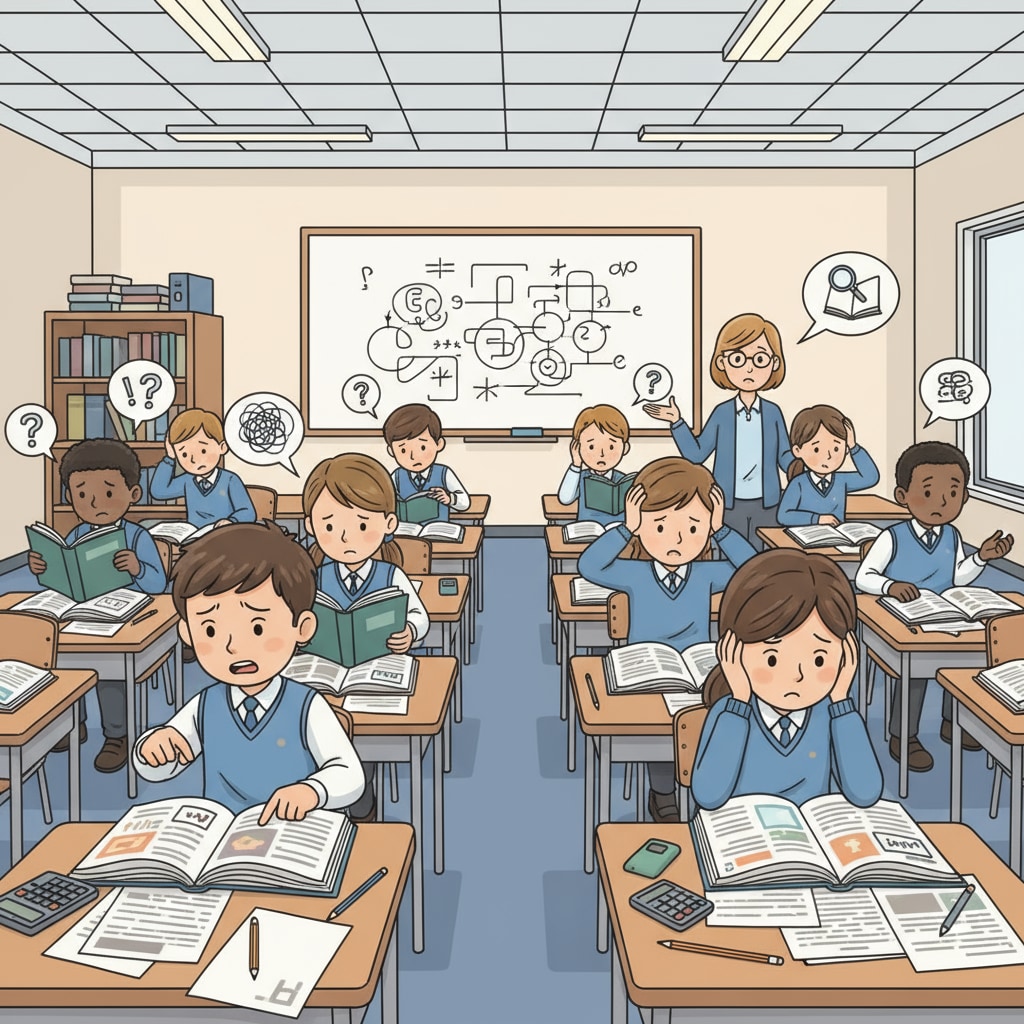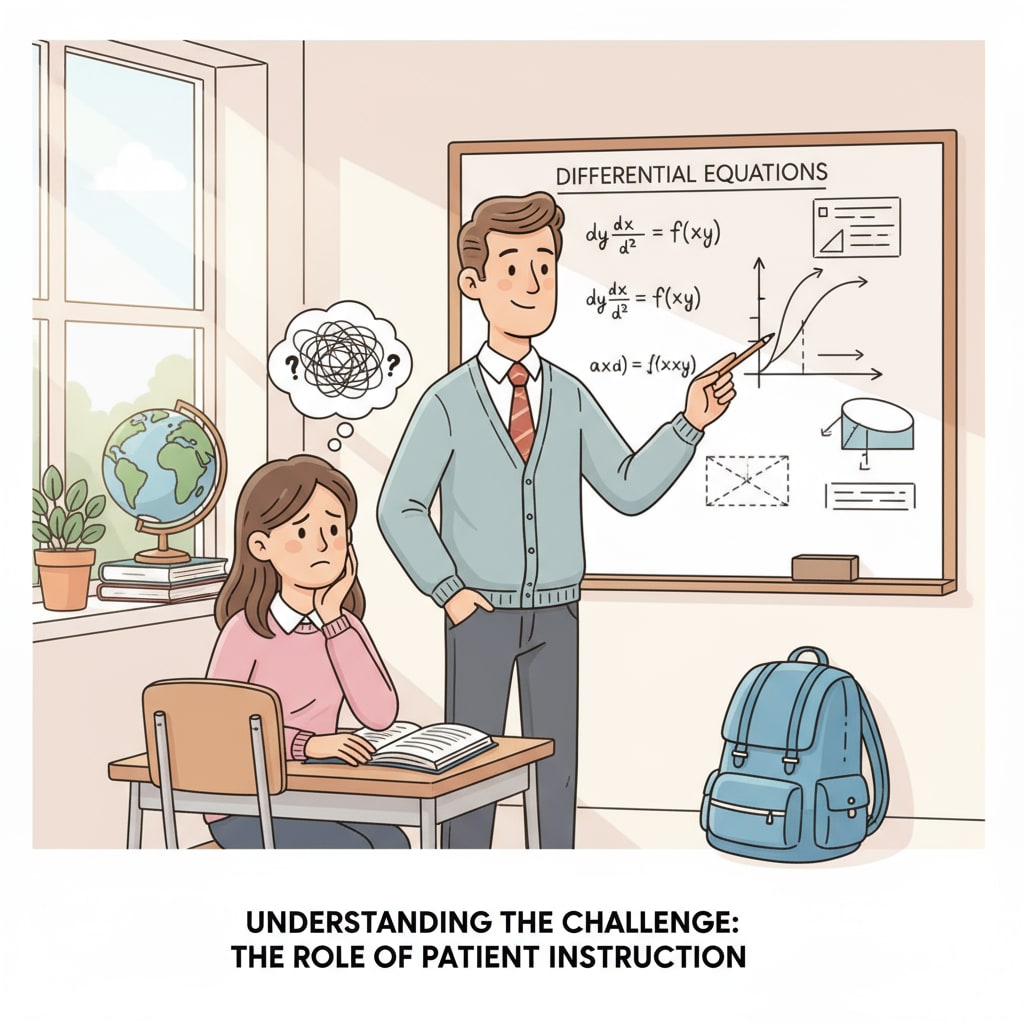Academic dismissal, student failure, and the impact on universities are complex and intertwined issues in the educational landscape. Understanding these aspects is crucial for educators, parents, and students alike. In this article, we will explore the root causes of student failure during the K12 phase and how it can potentially lead to academic dismissal in university, along with suggesting effective preventive measures.

The Roots of Student Failure in K12
There are several factors contributing to student failure in K12 education. Firstly, inadequate preparation at home can play a significant role. For example, if parents do not provide a conducive study environment or lack involvement in their children’s learning, students may struggle. According to Britannica, family support is a key determinant in a child’s academic success. Secondly, the quality of teaching also matters. Ineffective teaching methods, large class sizes, and lack of individualized attention can prevent students from grasping key concepts. In addition, students’ own attitudes and motivation can impact their performance. Some students may lack interest in learning, leading to poor grades.

The Link between K12 Failure and University Academic Dismissal
The consequences of K12 student failure often carry over to university. Students who have not developed good study habits, critical thinking skills, or a solid knowledge base in K12 may find it extremely challenging to cope with the rigors of university academics. For instance, they may struggle with complex coursework, research projects, and high – level assignments. As a result, they are at a higher risk of receiving low grades, which can ultimately lead to academic dismissal. A report from Wikipedia’s education research page indicates that students with a history of academic struggles in K12 are more likely to face difficulties in university.
Another aspect is the transition from a more structured K12 environment to the relatively independent university setting. Students who are used to being closely monitored and guided in K12 may struggle to manage their time, set priorities, and take responsibility for their learning in university. This lack of self – management skills can contribute to academic failure and potential dismissal.
The Impact of Student Failure and Academic Dismissal on Universities
Student failure and academic dismissal have far – reaching implications for universities. From a reputation perspective, a high rate of academic dismissals can damage a university’s standing. Prospective students and their families may view the institution as less effective in educating students. Moreover, it can also impact the university’s financial situation. Resources are often invested in students who end up being dismissed, which is a waste of both time and money. In addition, it can affect the overall learning environment. Other students may be influenced by the negative atmosphere created by a significant number of academic failures.
Preventive Measures
To address these issues, several preventive measures can be taken. In K12, schools and parents should work together to improve students’ learning experiences. This includes providing better teacher training to enhance teaching quality, reducing class sizes for more individualized attention, and promoting parental involvement. For students, they should be encouraged to develop good study habits, set goals, and seek help when needed. In university, institutions can offer more comprehensive orientation programs to ease the transition from K12, provide academic support services such as tutoring and study skills workshops, and create a supportive learning environment.
Readability guidance: By breaking down the complex issues into smaller sections, using simple language, and providing practical examples, we hope to make this article accessible to a wide range of readers. Each section focuses on a key aspect of academic dismissal, student failure, and their impact on universities, with clear transitions between paragraphs to enhance readability.


